Universal Hydrogen successfully completes first flight of hydrogen fuel cell powered regional airliner
Green Car Congress
MARCH 3, 2023
Universal Hydrogen has flown a 40-passenger regional airliner using hydrogen fuel cell propulsion. In this first test flight, one of the airplane’s turbine engines was replaced with Universal Hydrogen’s fuel cell-electric, megawatt-class powertrain. The other remained a conventional engine for safety of flight.






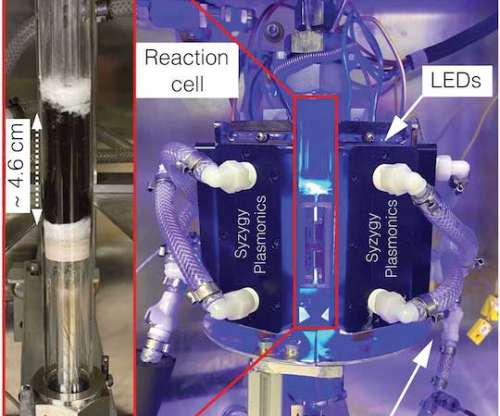


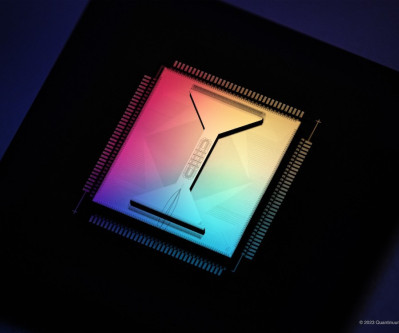
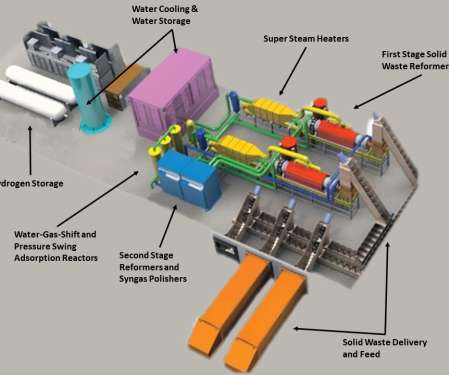






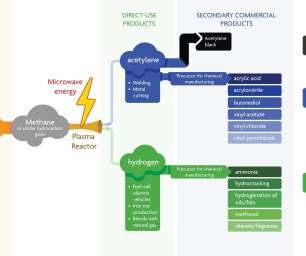













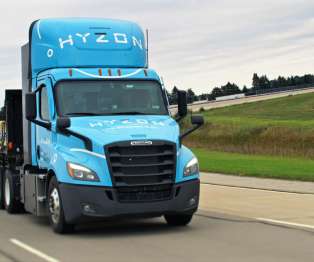

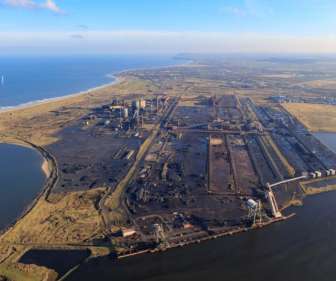









Let's personalize your content